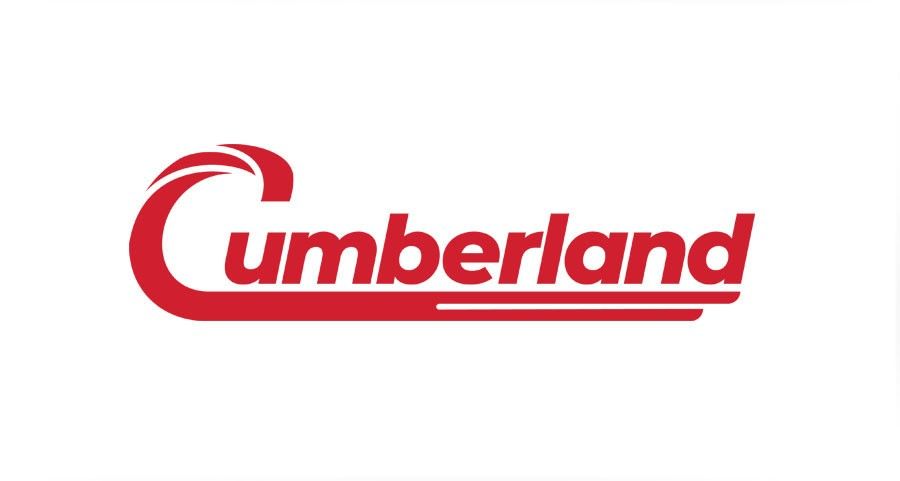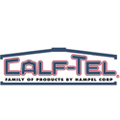Greenhouse Growing Basics: Choosing The Right Lighting For Your Greenhouse
Jul 19, 2021
Greenhouses create an ideal climate for year-round plant growing. Because of their design, greenhouses maintain stable temperatures and ample light during times of the year when warmth and sunlight are in short supply. However, sometimes even a properly positioned greenhouse can’t provide adequate light for optimal plant growth.
When supplemental light is needed, greenhouse operators and owners turn to grow lights to help meet their crops photosynthesis needs. Given its importance for healthy plant production, the right lighting is a top priority. In this blog, we share tips for choosing the right lighting for your greenhouse.
The Main Types of Grow Lights
The first place to start when choosing the right lighting for your greenhouse is understanding each type of light that is available. The main four types of light include:
●Incandescent light
●Fluorescent light
●High intensity discharge (HID) light
●Light emitting diodes (LED)
We’ll explain each type of light source in more detail.
Need a full lighting system for your greenhouse?
Incandescent Greenhouse Lights
Incandescent bulbs are one of the oldest light bulbs on the market. As a result, they’ve been used for decades in agriculture, including greenhouses.
Inside of an incandescent lightbulb is a filament. When an electrical current travels through the filament, it heats up, giving off light.
Because of the small size of the filament, incandescent lamps provide less light than other types of lamps. The light they emit is also closer to the red wavelength. In addition, since their light source is a heated filament, incandescent bulbs radiate heat. For certain plant species, these are positive qualities.
However, incandescent bulbs require significantly more energy to operate. They also have a lower life span than other lamps. This makes them the most costly lamp from an operational perspective. Also, the heat they emit can damage plants if the bulbs are too close.
Fluorescent Greenhouse Lights
Unlike incandescent lamps, which emit light by heating a filament, fluorescent lamps pass an electrical current through a mercury vapor to emit light.
Fluorescent lamps offer several benefits over older incandescent bulbs:
●They use less electricity
●They can emit a wider spectrum of light
●They have a longer lifespan
One of the reasons fluorescent lights are a popular choice for growers is their range of available color spectrums. Typical fluorescent lamps emit a blue light that is similar to the spectrum of the sun. In addition, full spectrum bulbs are available, which combine blue and red light spectrums.
However, fluorescent lights do have a few downsides. First, they are made using mercury, a hazardous material. If they break inside of a greenhouse, cleaning up can be a challenge. Additionally, fluorescent lamps are less useful during certain stages of plant development as their light flowering is too weak to penetrate deep down into the plant.
HID Greenhouse Lights
High intensity discharge (HID) lamps work similar to fluorescent lights and come in several varieties. One of the most common for greenhouses are metal-halide lamps. These HID bulbs pass an electric current through a vapor mixture of several compounds, namely sodium iodide and scandium iodide. When the electrical current passes through the vapor, it causes the bulb to glow.
HID lamps produce light across a wide spectrum, and many offer a 24,000 hour lifespan. However, they have a large share of downsides:
●They’re costly and require specific fixtures to work properly
●They emit a significant amount of heat, which can damage plants
●They can contain toxic materials, similar to fluorescent lamps
Regardless, their improved efficiency and wide light spectrum make them a more common choice over traditional fluorescent bulbs.
LED Greenhouse Lights
LED grow lights are quickly becoming the most popular lighting option. They have many advantages over other types of lamps, including:
●A longer lifespan
●High efficiency and energy savings
●Durability in a wide range of conditions
●Non-toxic components that are safer for humans, animals, and plants
Aside from these basic benefits, LEDs are an attractive option for growers because they are highly customizable. LEDs can be dimmed to meet light intensity needs of any plant species. In addition, you’ll find LEDs available that mimic almost any spectrum of light, making them an even more versatile option for use in greenhouses.
One additional benefit of LED lamps is their light emission is directional. Traditional lamps require mirrors or another type of reflective fixture if a grower wishes to direct light only in a specific direction. Because LEDs are small diodes attached to a circuit board, the direction in which they emit light is easier to control. This can make both installation and creating an optimal growing environment less of a hassle.
Perhaps the most significant downside to LED lamps is a higher initial cost. However, this upfront cost is generally offset by operational savings over the long run.
Looking for LED lighting solutions?
Shop Farmer Boy’s LED Selection
Choosing The Right Lighting For Your Greenhouse
So, now you understand the basic types of lighting that are available for a greenhouse. But there are still a few additional things to keep in mind with any greenhouse lighting setup. Here are some important considerations.
How Much Light Is Best For Your Plants?
Each species of plant will have its own lighting needs. This includes how many hours of light and how many hours of darkness. Additionally, plants require different intensities of light. Finding the right lamps will mean understanding the unique lighting needs of the crop you’re growing.
Also important to consider is the stage of life of your plants. Are you growing from the seed? Seedlings have different light requirements than mature plants.
Lastly, you need to balance the amount of light that is already available naturally with artificial light. Often, you may only need supplemental light. In this case, understanding the needs of your crop is, again, an important consideration.
What Spectrum Of Light Do Your Plants Need?
Alongside considering the amount of light your plants need, you must also know the ideal light spectrum for their growth. For example, the blue region of the light spectrum is better suited for many seedlings; however, mature plants, and other plant species in general, are better suited to lower spectrums of light.
Understanding the spectrum needs of your plants, and how your lamps will provide that, is a necessity.
How Efficient Is Your Lighting?
For large or commercial growing operations, efficiency is a key consideration for everything from space, water usage, and energy consumption. When determining the lighting needs of your plants, also consider the overall efficiency of the available lighting solutions.
Energy costs are one of the top greenhouse expenses. Your crop lighting can contribute a significant portion of your energy costs. Consider the upfront costs of your lighting with the long term cost, and determine which option will ultimately help minimize your operational costs over time.
Is Your Light Environment Set-Up Correctly?
Lastly, be sure to use both your lighting and your greenhouse space efficiently. Light fixtures can require a significant amount of space. Take this into account when deciding the best option for your operation.
Also, take into consideration the shadow area of your light fixtures. Larger fixtures can potentially block light, from both natural and artificial sources. This can lead to shadow areas in your greenhouse, where plants are unable to receive an adequate amount of lighting. This will reduce the overall efficiency of your operation.
Grow Lighting Options From Farmer Boy
Farmer Boy has a wide selection of lighting systems, including fixtures and bulbs, available for smaller, hobbyist growers and larger commercial growers.
Shop our full selection of lighting solutions to find the best option for your needs. Our sales team is also here to assist with larger, custom lighting systems, so you can feel confident you’re making the right choice for your greenhouse.






